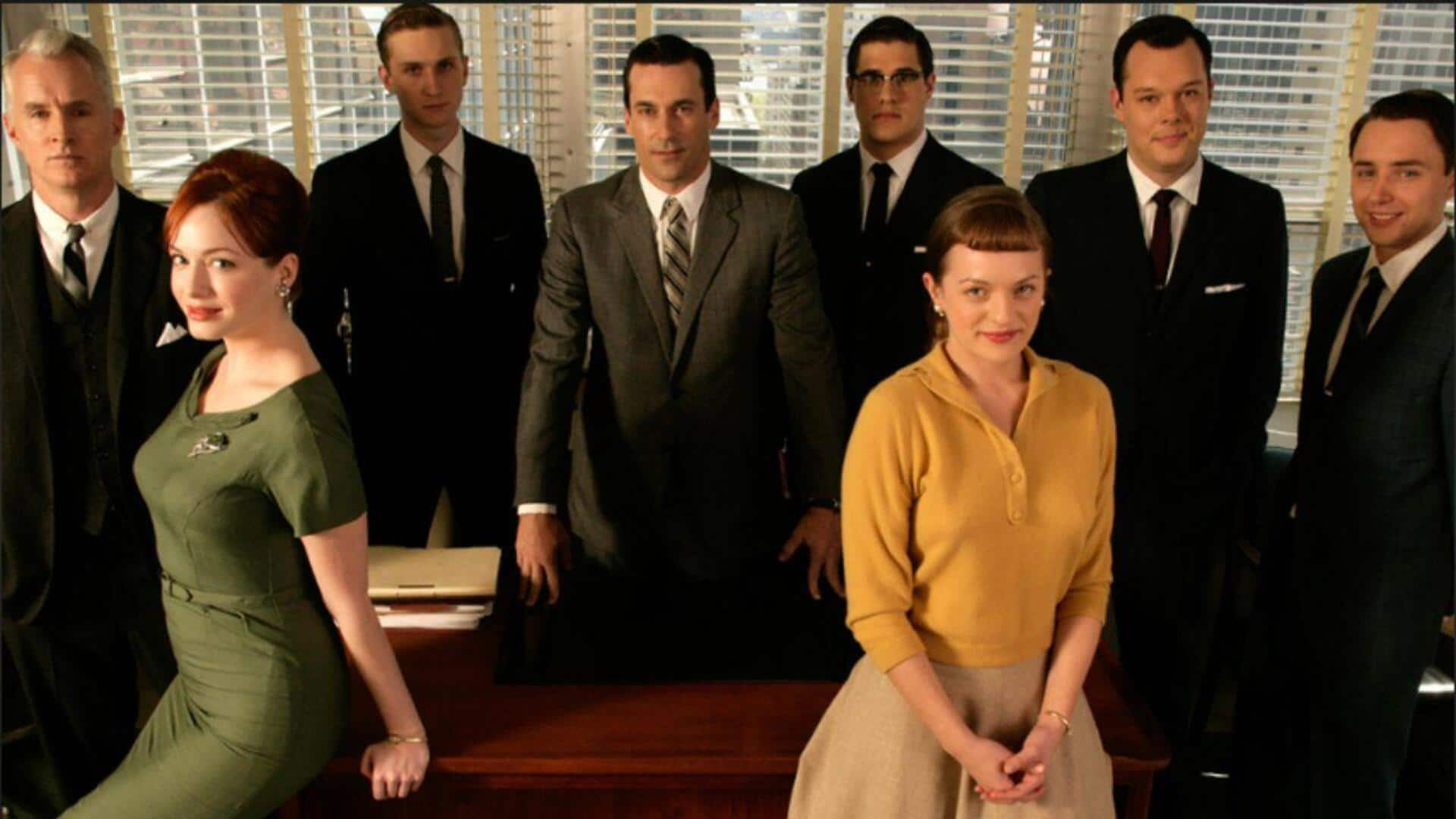
'Mad Men's subtle details that bring the '60s to life
What's the story
Mad Men, the critically acclaimed television series, is famous for its authentic portrayal of the 1960s. The show's set design is a key element in bringing the era to life. While most viewers focus on the obvious elements, there are subtle design details that contribute significantly to the show's aesthetic. These hidden gems give viewers an insight into how meticulously the show's creators worked to recreate a bygone era.
#1
The power of color palettes
Color palettes in Mad Men are carefully selected to reflect the mood and themes of each scene. The use of muted tones and pastels is typical of the 1960s, adding to the authenticity of the setting. These colors are not just decorative but also serve to enhance character emotions and plot developments. By paying attention to these subtle choices, viewers can appreciate how color influences storytelling in visual media.
#2
Furniture as a narrative tool
Furniture pieces in Mad Men aren't just functional; they are also narrative tools that speak volumes about the characters and their personalities. From sleek mid-century modern chairs to ornate wooden desks, every piece is selected to reflect the era's design trends and the character's status or mood. This attention to detail makes furniture an integral part of character development and storytelling.
#3
Lighting techniques for atmosphere
Lighting techniques used in Mad Men are crucial to creating atmosphere and setting the tone for each scene. Soft lighting mimics natural light during daytime scenes, while harsher lighting is used for dramatic moments or nighttime settings. These lighting choices add depth to scenes and help highlight key plot points without overshadowing other elements within the frame.
#4
Artworks reflect cultural shifts
Artworks displayed throughout Mad Men serve as cultural signifiers from the period it depicts. Paintings or posters seen within office spaces or homes often reflect prevailing artistic movements or societal changes occurring during that time frame. They provide viewers with context beyond what is shown through character interactions alone.